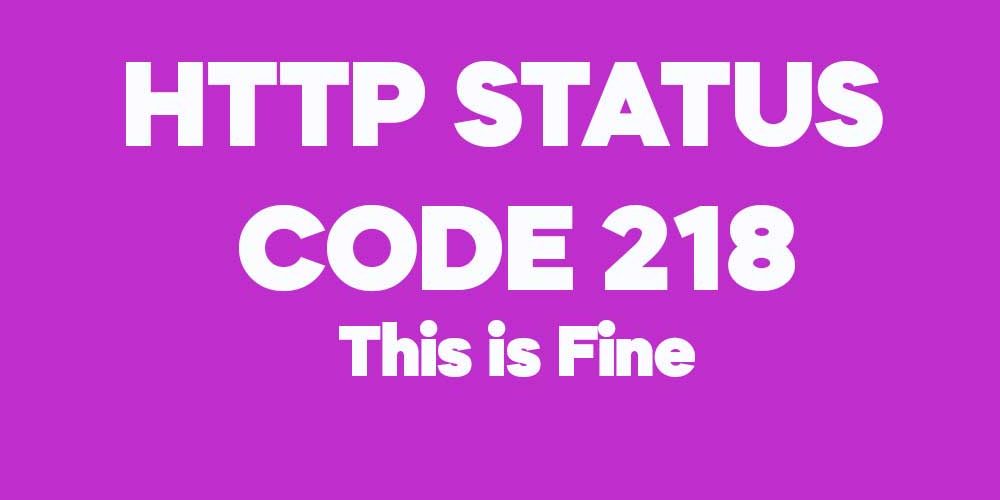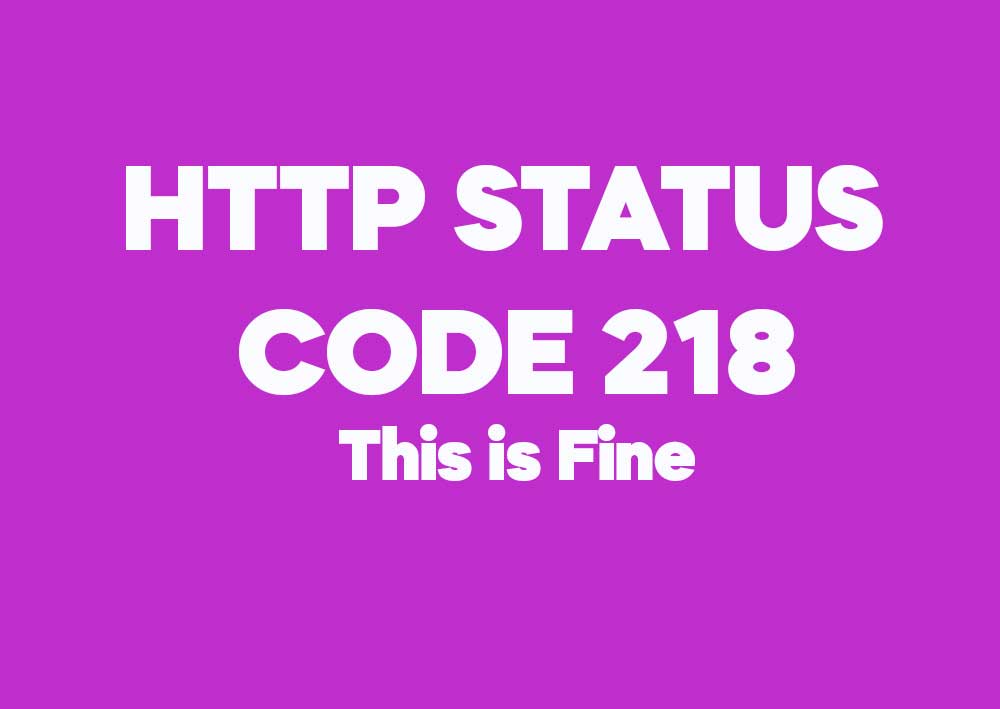What is HTTP Response Status Code 218 This Is Fine?
HTTP response status code 218 This Is Fine is a non-standard status code often used humorously to indicate that a request has been processed, but with potential issues that the server deems manageable.
When is HTTP Response Status Code 218 This Is Fine Used?
The 218 status code is typically used for internal or custom implementations, serving as a way for developers to acknowledge minor issues while maintaining a successful response status.
Significance of HTTP Response Status Code 218 This Is Fine in Web Development?
Though not a standard status code, 218 This Is Fine can be useful in custom server implementations where developers want to convey that a request succeeded but with caveats.
How to Implement HTTP Response Status Code 218 This Is Fine?
To use the 218 status code, developers can define it within their custom server logic, using it to respond to requests that have minor issues without needing a standard error code.
FAQs
- What does HTTP 218 “This Is Fine” mean?
The HTTP 218 “This Is Fine” status code is a non-standard, custom status code used to indicate that a request has been processed successfully, but with minor issues or warnings that do not prevent the overall success. - Is HTTP 218 a standard status code?
No, HTTP 218 is not an officially recognized status code in the HTTP/1.1 specification. It is typically used internally in custom server implementations for specific use cases. - When should I use HTTP 218?
Use HTTP 218 in scenarios where you want to communicate to the client that a request has been handled with some minor adjustments or warnings, but the overall result is acceptable. This is especially useful in custom APIs where you need to convey that some issues were encountered but resolved.


